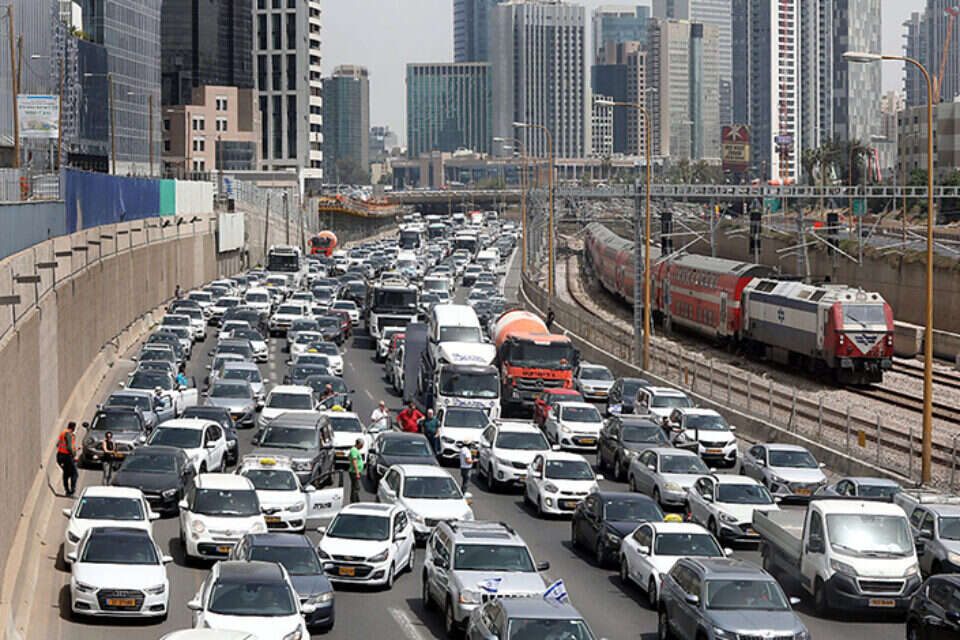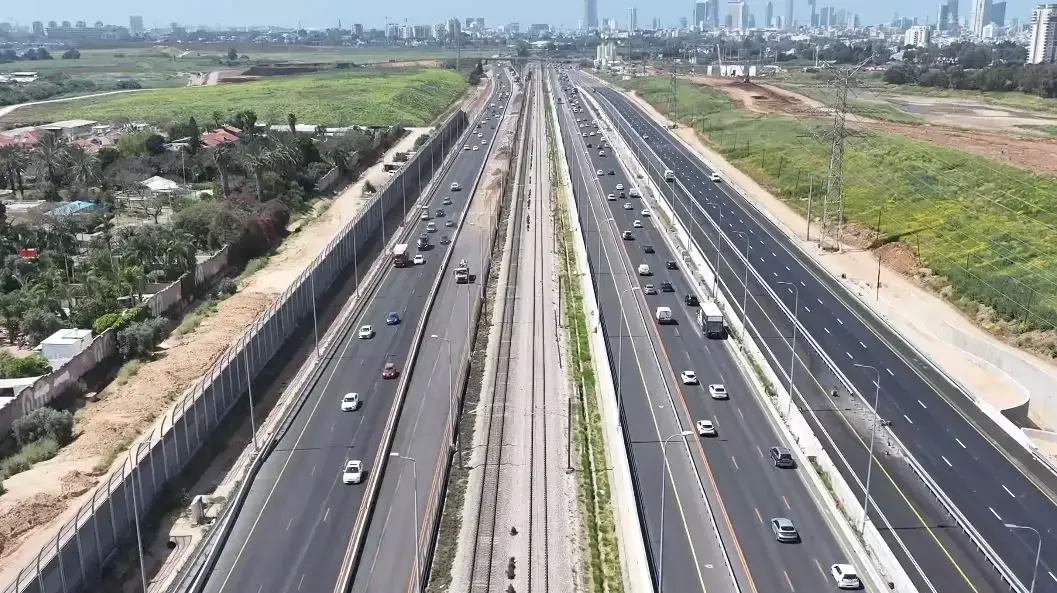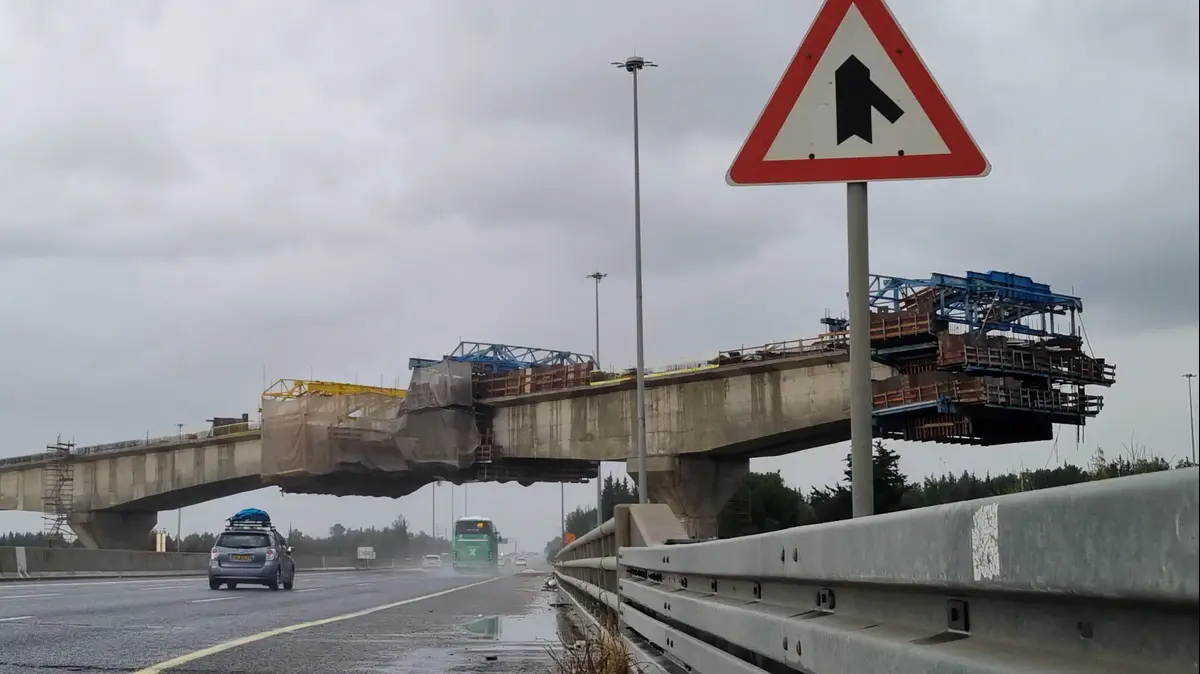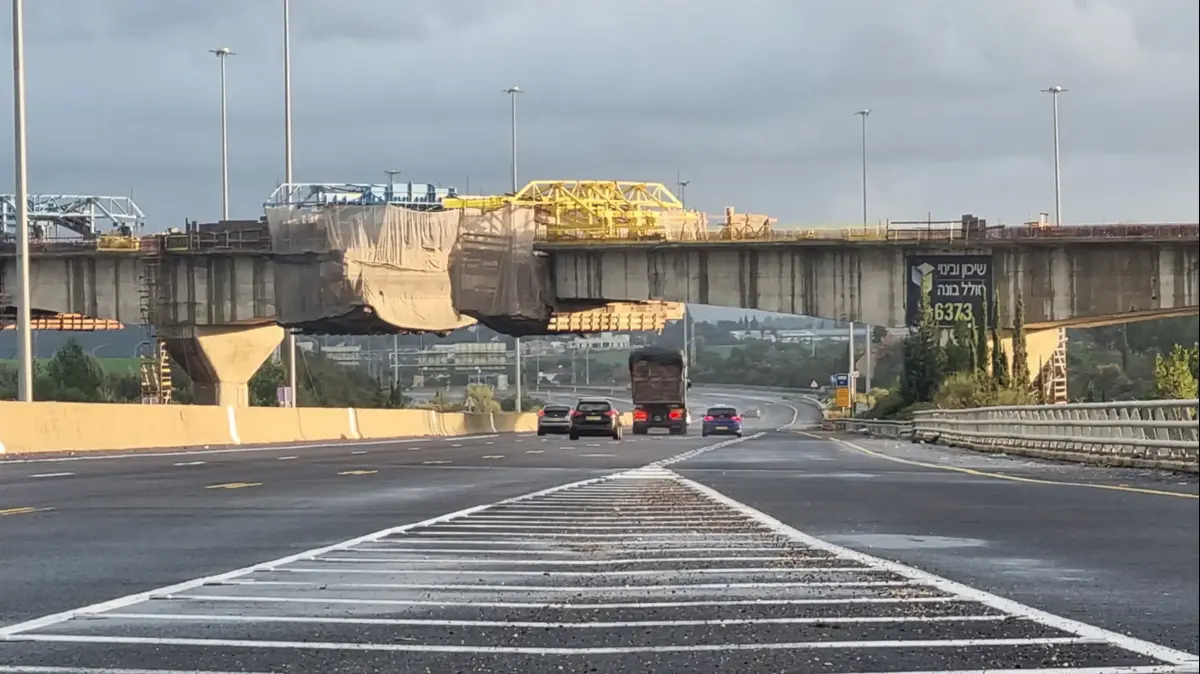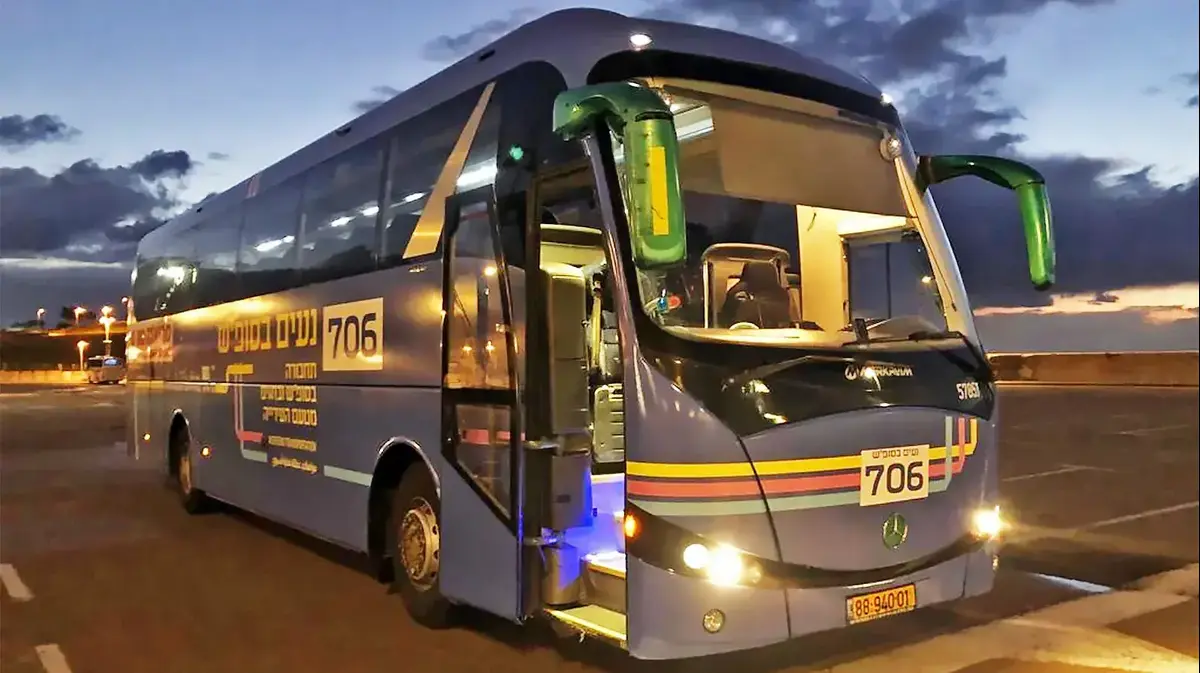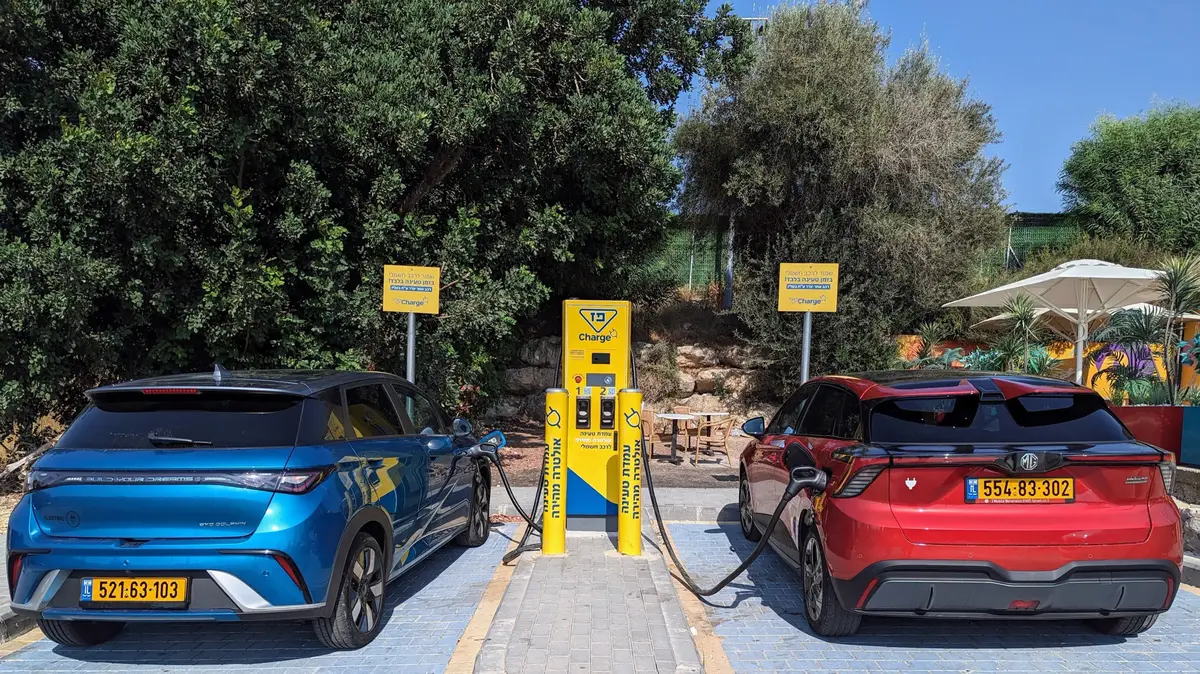If by chance you read this article on the road, read it calmly and calmly.
After all, you have time: chances are you are just stuck in an endless traffic jam.
The high investment in infrastructure throughout the center may be designed to make our lives easier, but it comes at a price we all feel every day.
Gush Dan roads are kneeling under heavy traffic loads, and the solution is not in sight.
When will the works be completed and we will be able to move around within reasonable periods of time?
Try in 10-5 years, and maybe more.
The debate over how worthwhile it is to manage a series of large-scale transportation projects at the same time, in a way that only increases the traffic jams that the works are intended to eradicate, is not new.
Some argue that this is a necessary evil that will allow, at least in the future, the residents of the center to move more easily, and that it is better to carry out all the work in one go than in the "patch on patch" method.
Others believe that trying to juggle several projects at once creates chaos: they say no effort has been made to alleviate traffic congestion - for example, improve public transport in the areas where the works take place - and no one cares about the hundreds of thousands of drivers who continue to drive private cars. Their in the same areas.
The feeling among planners and passengers alike is that the slogan of the light rail, "hard now, relief later", is a little too optimistic.
Before it gets easy, the next decade is going to be tough, very tough.
The projects on the agenda
So what are the projects for which the residents of the center stand in traffic jams for hours?
It is already difficult to follow, but it is possible to point to some large projects:
The first is, of course, the light rail, which has been suffering for years from delays that have caused delays in excavations, delays in the evacuation of buildings that have interfered with the continuation of work and other problems.
The current estimate, which may change if the delays continue, is that the completion of the red line of the train - whose route is expected to begin in Bat Yam, pass through Jaffa and end in Tel Aviv - will be delayed until November 2022;
The purple line - from Kiryat Ono and Yehud to central Tel Aviv, via Bar-Ilan University, Sheba Hospital in Tel Hashomer and the Carmel Market - may be ready in 2026;
While the Green Line, from Holon and Rishon Lezion to Tel Aviv and Herzliya, will be ready only in 2027.
The second major project is public transportation routes.
132 miles have been approved for paving, and will be ready only in 2026;
In the coming year are expected to try to complete 34 miles of them.
The third major project - the metro - has been approved, but the expected start of the excavations is in early 2025, and the entire work is expected to take about seven years, and possibly longer.
The metro lines are expected to pass through 109 stations along 145 kilometers, and serve 24 local authorities in the center of the country - from Tel Aviv in the west to Givat Shmuel in the east, from Raanana in the north to Holon in the south.
The fourth major project is the fourth railroad in Ayalon, which is designed to free up the bottleneck of train traffic in the center of the country through a significant expansion of the volume of travel on the route.
Currently, about 75% of the train lines pass through the Ayalon axis, which contains only three tracks.
The fourth track, 22 kilometers long, will be built on top of the drainage canal of Nahal Ayalon, and the project is expected to be completed in 2029-2028.
The fifth significant project is the construction of the eastern track of the Israel Railways, with the aim of bypassing the congestion of tracks in Gush Dan.
The track will be located along about 65 kilometers in the eastern coastal plain, from the coastal track in the Pardes Hanna area, through Hadera East, Ahituv and Kfar Saba to Ben Gurion Airport and Lod.
Another significant project is the highway project, which will be spread over 110 kilometers in the central area and will include five lanes and five particularly large "Hana VeSa" parking lots.
The project is expected to be completed in 2025, but it is almost needless to say that by then, the construction of the highways will result in the narrowing of existing routes - and the inevitable creation of traffic congestion.
Along with all this, it was approved as part of the "Upniden" program to build hundreds of kilometers of intercity bicycle paths from Herzliya to Rishon Lezion, including level separations and bridges that will allow highways to cross roads quickly and safely.
The program is expected to be completed in 2023-2022.
And we almost forgot to mention the construction of the upgraded Ben Gurion Airport interchange, which is intended to significantly shorten the duration of the trip to Ben Gurion Airport and is expected to be completed in 2025.
Public before private
Was it necessary to promote all the projects together?
The answer is not unequivocal.
On the one hand, the projects are designed to serve the public, facilitate traffic and reduce congestion;
Considerable sections of the public have already become accustomed to using a private vehicle, certainly in view of the feeling that existing public transport is not always efficient, to say the least.
One way or another, the Ministry of Transport will not now change its plans and will not stop the projects in question.
Transport Minister Merav Michaeli has already announced during the week that she is emphasizing the improvement of public transportation, even at the cost of not paving new roads.
The Ministry of Transportation, headed by Michaeli, will continue to encourage the cessation of the use of private vehicles, and will work to increase the bus fleet - most of which, by the way, are electric.
"Significant delay avoided"
The Ministry of Transportation responded: "In the last decade and a half, the State of Israel has invested tens of billions of shekels in the development of public transportation infrastructure, mass transportation and roads, in an attempt to bridge huge gaps in these infrastructures compared to developed countries."
"Unfortunately for the ministry, failure to promote projects at the same time will lead to a significant delay in resolving Israel's transportation crisis. Less.
"The work on the urban fabric in Gush Dan requires full cooperation from the local authorities. In order to meet the set schedules, it was agreed to provide additional incentives to each authority that will immediately promote priority routes in its area, which will enable additional transportation projects in the city." And the frequency of buses, and the streamlining of the routes, in accordance with the needs of the residents of Gush Dan and the work being carried out in the metropolis. "

